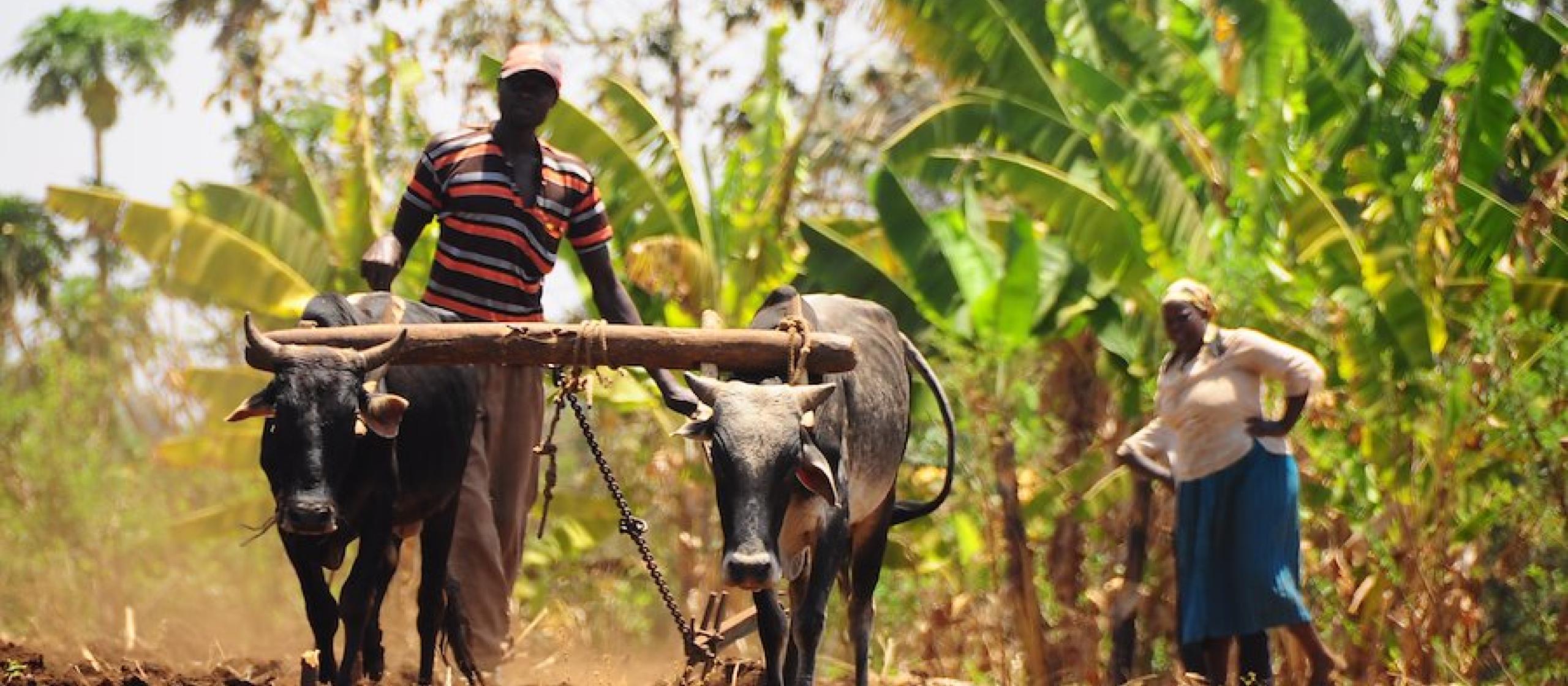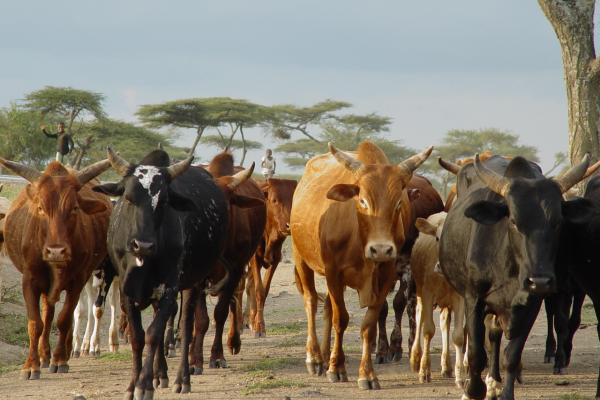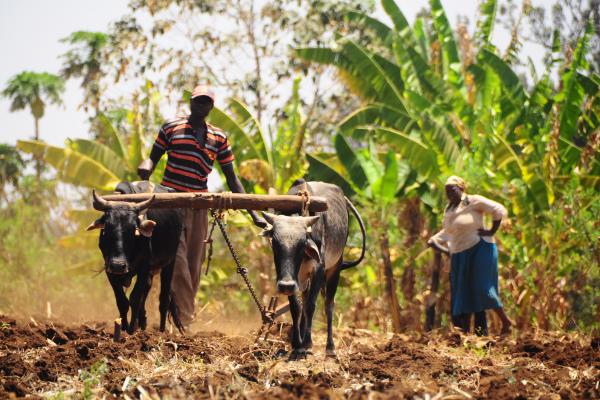- HomeHome
-
About ACIAR
- Our work
- Our people
-
Corporate information
- ACIAR Audit Committee
- Commission for International Agricultural Research
- Policy Advisory Council
- Agency reviews
- Executive remuneration disclosure
- Freedom of information (FOI)
- Gifts and benefits register
- Information publication scheme
- List of new agency files
- Contracts
- Legal services expenditure
- Privacy impact assessment register
- Commonwealth Child Safe Framework
- Benefits to Australia
- Careers
- 40 years of ACIAR
-
What we do
- Programs
- Cross-cutting areas
- Resources
- Where we work
-
Funding
- Research projects
- Fellowships
-
Scholarships
- John Allwright FellowshipScholarships to study in Australia for ACIAR partner country scientists to have Australian postgraduate qualifications
- ACIAR Pacific Agriculture Scholarships and Support and Climate Resilience Program
- Alumni Research Support Facility
- Publications
- News and Outreach
Date released
04 February 2020
While the emissions of African countries are low compared with industrialised countries, livestock generate a significant proportion of those emissions. However, there are significant uncertainties around the calculation of those emissions which ACIAR is working with partners to reduce.
Agriculture contributes on average one third of the gross domestic product (GDP) to eastern Africa’s economy. About 70% of people in the region rely on agriculture for employment in an industry mainly dominated by smallholder mixed farming of food crops, livestock, cash crops, fishing and aquaculture, according to ACIAR’s Africa Regional Manager Dr Leah Ndungu.
‘Livestock in Kenya, Ethiopia and Uganda plays an important role in food security, livelihoods, income and GDP. With growing populations and incomes in much of this region there is an increasing demand for livestock products that is driving sector growth,’ she says.
Dr Ndungu, who is based in Nairobi, Kenya, says at the same time most of the regional agriculture sector’s emissions emanate from livestock and livestock-related activities.
‘For example, in Ethiopia livestock GHG emissions—enteric fermentation, direct and indirect nitrous oxide and methane emissions from manure management—for 2013 were estimated to account for 47% of the nation’s net GHG emissions,’ says Dr Ndungu.
Dr Dawit Solomon, who leads the CGIAR Research Program on Climate Change, Agriculture and Food Security (CCAFS) in eastern Africa, says agriculture and climate change exhibit a feedback relationship.
‘Agriculture is not only impacted by climate change, it also contributes to climate change, necessitating both adaptation and mitigation strategies by eastern African countries,’ he says.
‘In the region, there is a general understanding that achieving food and nutrition security as well as related economic, social and environmental targets requires decoupling agricultural growth from GHG emissions.
‘It is also acknowledged that GHG emissions from the agriculture sector—both from crop and livestock—must, where possible, be reduced and opportunities to increase carbon storage in agricultural systems in soils and vegetation must be encouraged, in order to mitigate climate change and safeguard long-term agricultural productivity and human wellbeing.’
Dr Ndungu says Kenya, Ethiopia and Uganda have strong policy guidance and strategies for livestock sector adaptation but robust strategies of mitigation in the livestock sector have been limited.
ACIAR is supporting two projects that aim to improve the measurement, reporting and verification of GHG emissions from livestock, ultimately to support decision-making, planning and management by these countries’ governments and private sectors. These projects are ‘Introducing livestock modelling to the System for Land-based Emissions Estimation in Kenya (SLEEK)’ and ‘Building capacity for an integrated land use and livestock monitoring, reporting and verification system’ in Ethiopia.
Introducing Livestock Emissions Modelling
SLEEK is a Kenyan Government program to develop a robust measurement, reporting and verification system.
The Australian Government provides funding for SLEEK as an Australian Aid program, funded by the Department of Foreign Affairs and Trade. The program is being implemented by the Kenyan Ministry of Environment and Forestry.
SLEEK’s primary aim is to allow Kenya to accurately estimate and track its carbon emissions in the land sector, including forestry, agriculture and other land uses. SLEEK will also help put better information into the hands of farmers and communities.
Simon Roberts, a Senior Policy Officer with the Australian Government Department of the Environment and Energy, says the inclusion of livestock modelling will expand Kenya’s ability to report on emissions beyond the initial focus of forests, croplands and grasslands.
Mr Roberts has spent years working with the Kenyan Government to develop the broader SLEEK model for land-based emissions modelling.
‘Including livestock modelling provides a more complete picture of the emissions profile but also provides the Kenyan Government with the possibility of modelling different land management scenarios and assessing their impact from an emissions perspective,’ says Mr Roberts.
‘SLEEK is a program that aims to provide not only a means for Kenya to meet its international reporting commitments in relation to climate change, but also an opportunity to centralise environmental information and data to underpin land use planning policy objectives. The ultimate development goal of the program is to enhance women and men of Kenya through sustainable land and natural resources management.’
ACIAR is currently funding a small area of research to design and test options to incorporate livestock emissions into the existing SLEEK model.
This project is a collaboration involving the New Zealand Agricultural Greenhouse Gas Research Centre; the University of Melbourne; the Kenyan Ministry of Agriculture Livestock, Fisheries and Irrigation; the Kenyan State Department of Livestock; and the Mullion Group, an Australian software and consulting company with expertise in greenhouse gas inventory systems for the land sector.
Mr Geoff Roberts, Mullion Group, is leading the project which will help move Kenya in its measuring and reporting of livestock emissions from the Intergovernmental Panel on Climate Change (IPCC) Tier 1 method towards a Tier 2 method.
A Tier 1 method requires the least information and is considered a base level way to estimate GHG emissions. Progressing to Tier 2 generally means an increase in certainty on the estimated GHG emissions, but the transition also involves more complex measuring and analysis.
‘Livestock represent one of the largest sources of emissions in Kenya. At the moment they are using the Tier 1 method, which is basically the number of livestock multiplied by an emissions factor,’ Mr Geoff Roberts says.
livestock emissions, in simple terms, it has to reduce the number of livestock. This is a very blunt instrument for a country looking to develop its agriculture industry as well as reduce its emissions profile.
‘By moving to the Tier 2 method it can access other policy and technical levers for reducing the emissions from livestock without necessarily reducing the number of livestock. Through having better information on land sector emissions, be it from agriculture or forests, we create more opportunities for national government, businesses and individuals to manage their impacts on the land sector.’
The team will build a module based on the IPCC Tier 2 methods for modelling enteric fermentation. This will be able to link the spatial data that is known about livestock numbers with statistical data to generate estimates of livestock emissions.
‘By it being a database-driven module, we expect to reduce the effort needed to enter data and allow for a flexible system,’ Mr Geoff Roberts says. ‘We will also look at if and how a spatially explicit modelling framework could be built into the SLEEK system. This would allow remotely sensed data on feed availability to be directly incorporated into the model, which would greatly expand the utility of the modelling framework.’
The software will be released as open-source through moja global so others can use it. Mr Geoff Roberts says the overall design is completed and the team is working on the software development and data collation. They aim to have the module developed and data collected by the end of this year and then train users on how to enter data and look at an improvement plan for the modelling framework as well as data. Mr Geoff Roberts says this approach means that as the data improves it can quickly be added into the model and run again.
‘It will be a tool that supports continuous improvement, as SLEEK does.’
He says because many activities to reduce emissions from the livestock sector can also increase livestock productivity, there is a great opportunity for this project to benefit both the Kenyan Government and farmers.
A closer look at Ethiopia’s livestock sector emissions
With ACIAR support, the project ‘Building capacities for an integrated land use and livestock measuring, reporting and verification system in Ethiopia’ focuses on tracking Ethiopia’s livestock emissions to identify low-carbon development pathways.
A unified and simple monitoring, reporting and verification system that integrates data management for livestock, agriculture, forestry and other land use is key for Ethiopia in enabling it to meet both national policy and international reporting requirements, says Dr Ndungu.
The project is drawing together the Ethiopian Government and other partners to develop robust systems for the measurement, reporting and verification of emissions from Ethiopia’s livestock sector.
Tracking these emissions will streamline the livestock sector’s reporting processes for Ethiopia’s Climate Resilient Green Economy Strategy, which informs the country’s commitments to the United Nations Framework Convention on Climate Change. This project will also provide input for Ethiopia as it moves its national GHG inventory towards a Tier 2 method.
CCAFS eastern Africa’s Dr Solomon is leading this work. Partner organisations include the Ethiopian Ministry of Agriculture; the University of New England in Australia; Ethiopia’s Environment, Forest and Climate Change Commission; the Global Research Alliance on Agricultural Greenhouse Gases; and international consultancy UNIQUE forestry and land use.
Through the project, the partners aim to identify opportunities for substantial emissions reductions and develop a road-map for achieving an increasingly low-carbon livestock sector.





